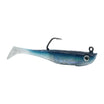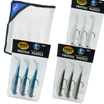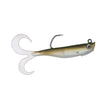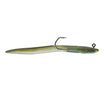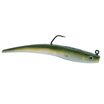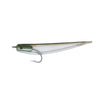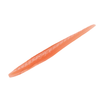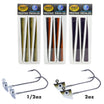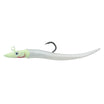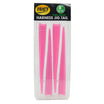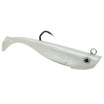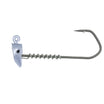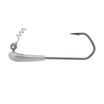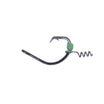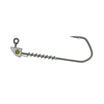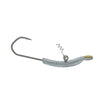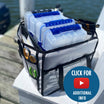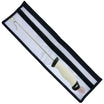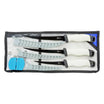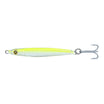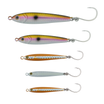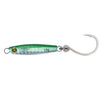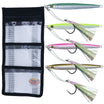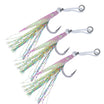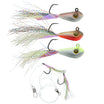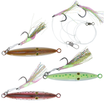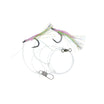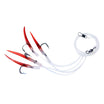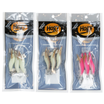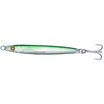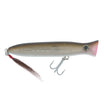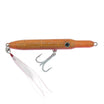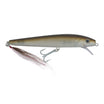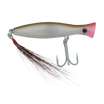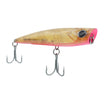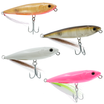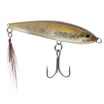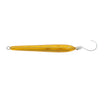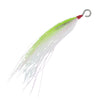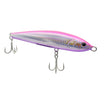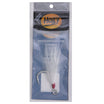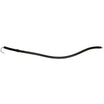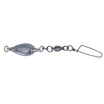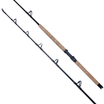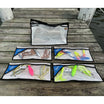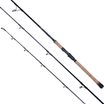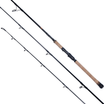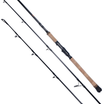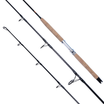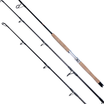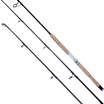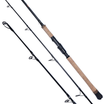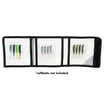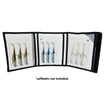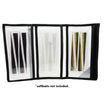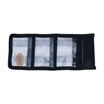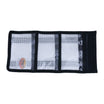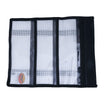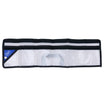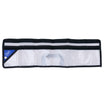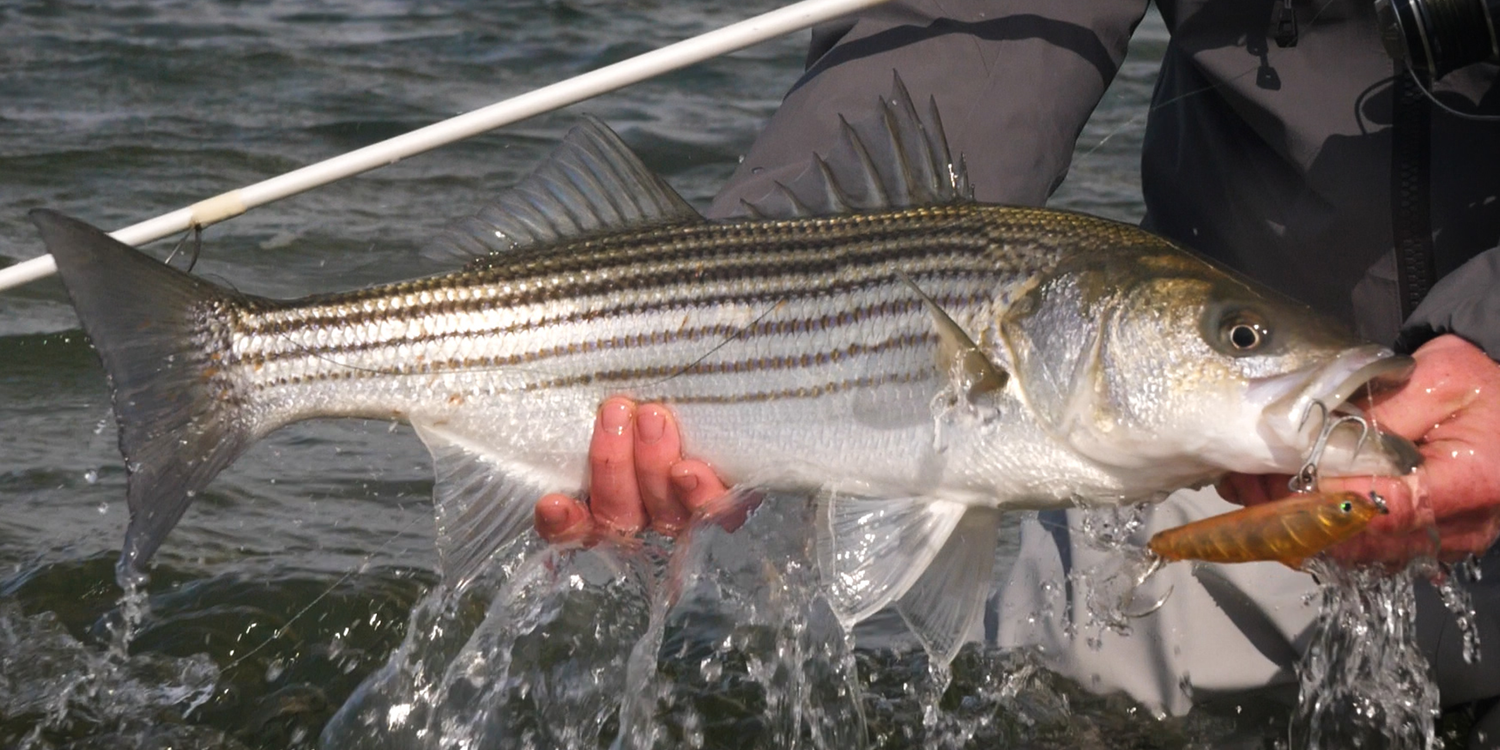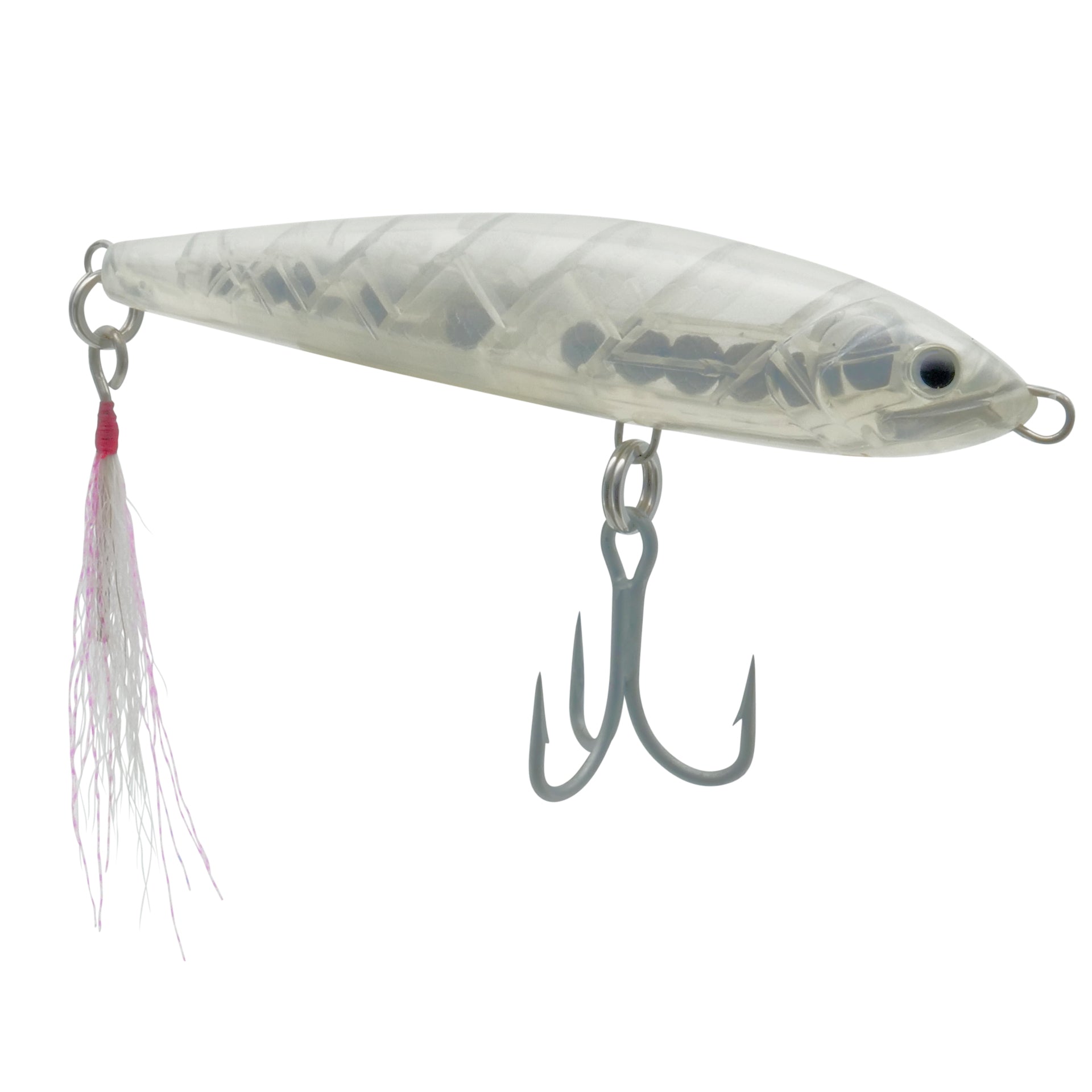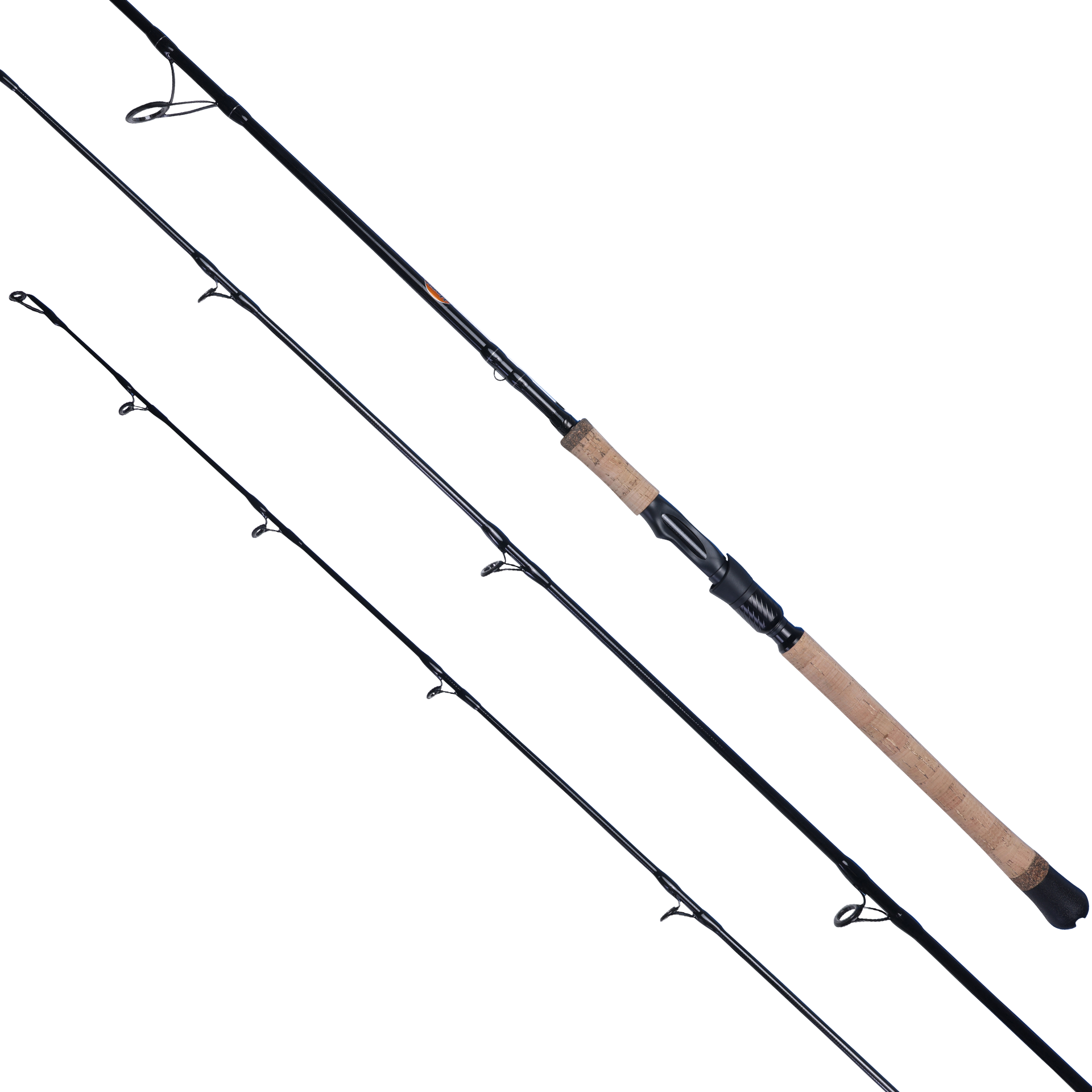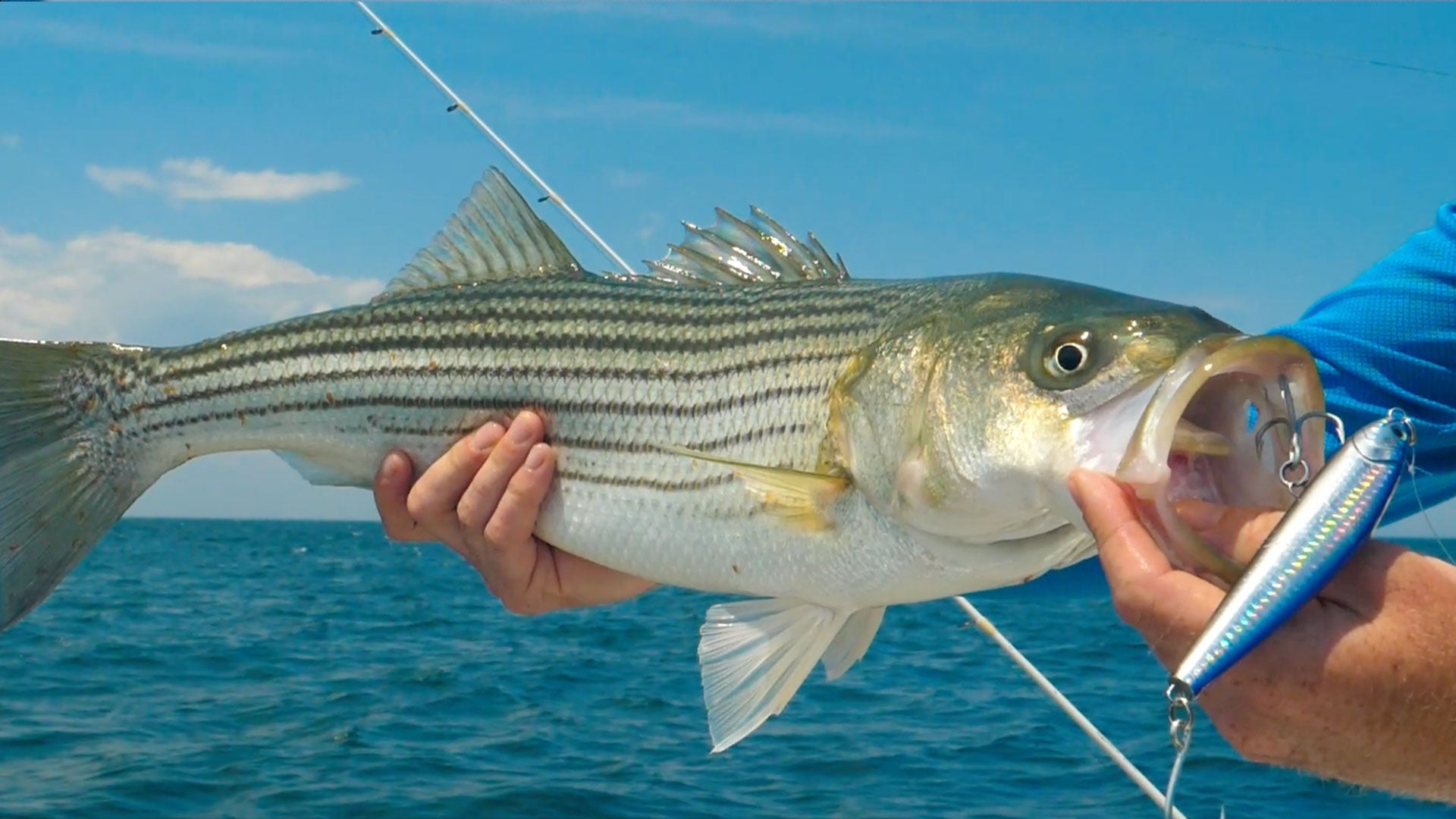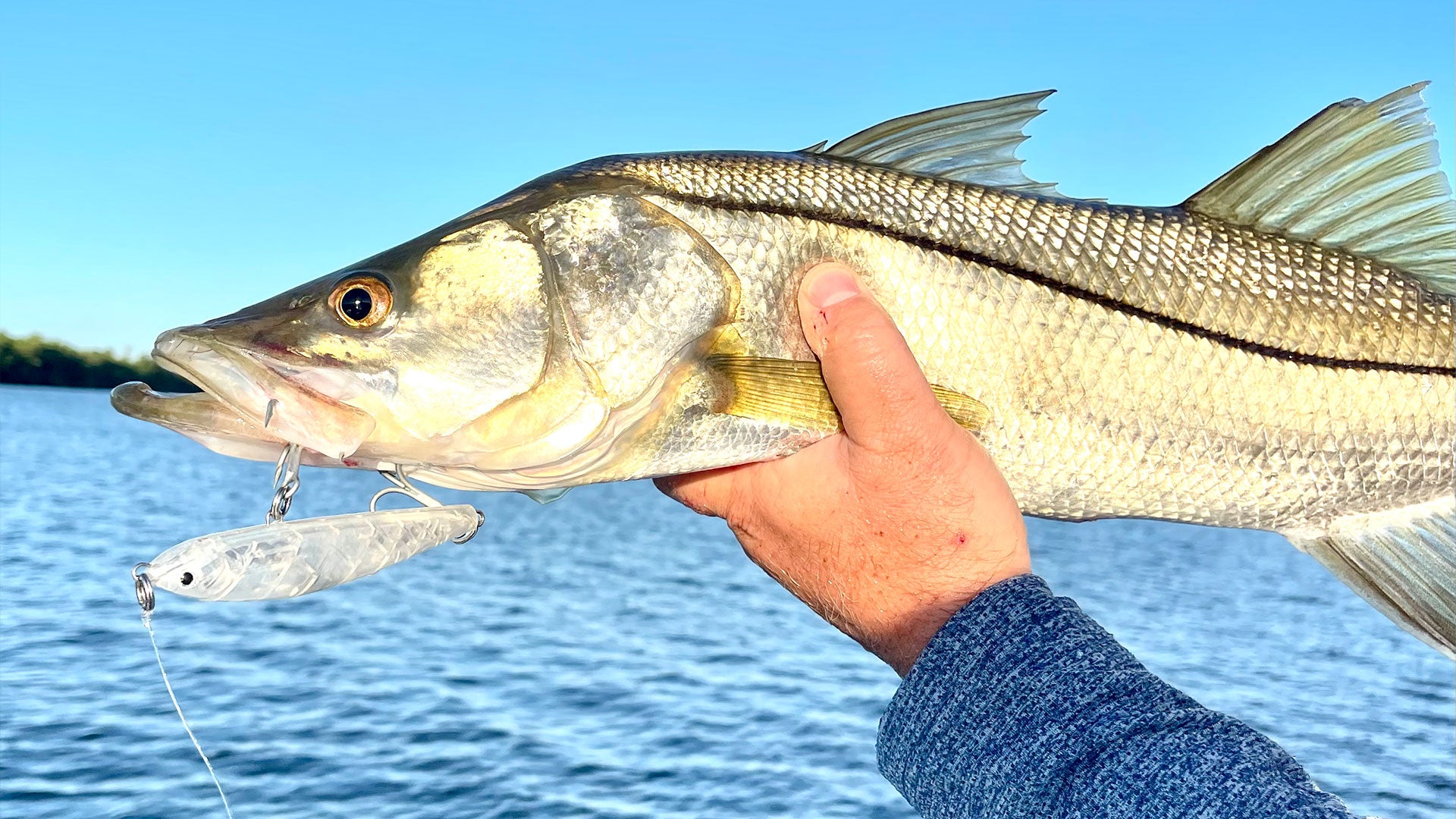SP-style swimmers are reliable, no doubt. They’re a top pick when fish are actively chasing slim bait up top. They track well at a steady pace, cover water efficiently, and are often the first plug out of the bag when you're working current or hunting a surface feed. But when the bite slows, the bait gets fat, or the fish drop just a little deeper—there’s a better tool for the job.
But when fish are keyed in on fat-bodied forage, holding lower in the column, or just plain moody, I go with the Hogy Inshore Slider every time.
Despite how effective they are, sliders remain one of the most underused plug styles in inshore fishing. Most anglers reach for swimmers, poppers, or jigs—tools that demand attention or cover water aggressively. But sliders operate in a different zone. They’re subtle, slow-sinking, and deceptively simple. With a horizontal fall, a natural wobble, and the ability to hold depth without added weight, sliders quietly get the job done when other plugs fail. For pressured fish, tight structure, or matching fat-bodied forage, they’re not just a niche tool—they’re a secret weapon. It’s time more anglers gave them the credit (and water time) they deserve.
Here’s how these two classics stack up—and when you want one over the other.
1. Bait Profile & Forage Matching
SP Swimmer
• Long, slim profile designed to match sand eels, spearing, rain bait, and anchovies
• Excellent when fish are locked on fast-moving, narrow forage like early-season sand eels
Slider
• Compact, round-bodied profile that imitates:
- Peanut Bunker
- Pogies / Menhaden
- Juvenile Herring
- Butterfish
- Small inshore groundfish (juvenile tautog, cunner, sea robins)
This isn’t just bait that’s passing through—this is the resident forage that stays tight to rock piles, oyster beds, outflows, and shallow estuaries. The kind of meals that bigger fish
learn to trust, especially in the shoulder seasons or when they’re holding to structure.
Why it matters:
A long, skinny plug doesn’t sell the story when the fish are eating something round, stubby, and slow. The Slider matches both the shape and swim of the bait that fish are keying in on—especially in tight, technical water where profile and posture make all the difference.

2. Action & Behavior in the Water (Expanded)
SP Swimmer
• Tight, forward wobble
• Floats when paused
• Requires forward movement to maintain lifelike motion
• Best on a straight retrieve or a sweep-swing in current
Slider
• Wide, rolling tail kick with a neutral head
• Sinks flat and holds posture while falling
• Comes alive on the slowest retrieve—no rod movement needed
• Tail flag adds just enough drag to make the plug pulse naturally on retrieve or swing
Why it matters:
The Slider doesn’t look like it’s trying to escape—it looks like it’s disoriented. That’s the difference between a plug that spooks fish and one that closes the deal.
It also excels in calm water, clear water, and pressured zones—places where fish are inspecting your plug before committing. If your plug’s action is too tight or twitchy, they back off. The Slider glides and pulses in a way that says, “easy meal.”
3. Depth Control (Expanded)
SP Swimmer
• Floats at rest
• Effective in top 12–18" of water
• Needs speed or current to dig deeper
• Often pops back to the surface if you slow down too much
Slider
• Sinks slowly with a neutral, horizontal fall
• Fish it anywhere from 6" to 6 feet, depending on your countdown
• Lets you match suspended or low-holding fish without changing lures
• Tracks beautifully on a swing or straight retrieve at depth
Why it matters:
There’s a big difference between fish that are feeding on the surface and fish that are just hanging out mid-column or tight to bottom. With the Slider, you don’t need a sinking swimmer or a jig—you just count it down. That’s more efficient, more natural, and lets you adapt instantly when conditions shift.
You can work a boulder field, drop into a back bay channel, or swing through a tide seam without ever changing your setup.
4. Flag Options & Eel Imitation
The hefty, rear-weighted body of the Inshore Slider allows you to fish it with premium bucktail flags without compromising action or casting distance. In fact, the added drag from a well-tied flag enhances the plug’s roll and tail pulse—giving it even more lift and movement during slow retrieves.
Want to really change the game?
Pair the black Slider with a long black bucktail flag and you’ve got a subtle but deadly eel imitation. It’s one of my favorite nighttime combos for rocky estuaries and boulder-strewn beaches. Let it swing. Let it fall. Crank just enough to keep contact. It’s pure magic.
5. Hook Setup & Strike Efficiency (Expanded)
SP Swimmer
• Most come stock with two or three treble hooks
• High risk of gill or gut hooking, especially on short strikes
• Difficult to unhook cleanly during catch-and-release
• Foul-hooking on rear trebles common during secondary strikes or mid-fight
Slider (Hook One Rigging)
• One inline hook up front
• Hand-tied bucktail flag in back
• Built and balanced to fish with a single hook without compromising action
• Cleaner hookups, safer unhooking, and better fish health
Why it matters:
If you’re fishing structure, boulder fields, or pressured waters where every healthy release matters, this setup is your ally.
Less hardware reduces injury and time spent unhooking. And based on data from Mass DMF’s Citizen Science Striper Project, switching to a single inline reduces post-release mortality from nearly 10% to under 3%.
But it’s not just about the fish. With fewer foul-hooked fish, better front-hook landings, and zero drop in landing ratio—you’re actually fishing more efficiently. That’s better for you and the fishery.
6. Retrieve Styles: How They Fish
SP Swimmer
Steady Retrieve – Medium speed, plug stays near surface
Sweep & Swing – Let it drift in current, swing through with rod pressure
Twitch & Pause – Good for fish that are following but not committing
Best for: covering water, visible blitzes, and current-driven seams
Slider
Crank-and-Glide – Slow retrieve for serpentine swim
Count-Down & Crank – Let it fall to the right depth, then retrieve
Pause-Twitch-Glide – Great for pressured fish watching your bait
Swing Through Structure – Let it swing with current, tail flag doing the work
Best for: picky fish, resident zones, and anything where subtle sells
When I Fish the Slider Over an SP-Style Plug
|
Condition |
Winner |
|
Slim baitfish high in the column |
SP Swimmer |
|
Fat bait (bunker, herring, butterfish) |
Slider |
|
Resident fish holding near structure |
Slider |
|
Open water with fast current |
SP Swimmer |
|
Calm, clear water and finicky fish |
Slider |
|
Fish suspended or feeding off-bottom |
Slider |
|
Fishing over rock piles or oyster beds |
Slider |
|
Blitzes in skinny water |
SP Swimmer |
|
Matching an eel in current |
Slider (Black) |
Final Word
If you’re chasing fast-moving schools in open water with bait pushed up top, the SP-style plug still earns its keep. But when you’re on structure, fishing around resident bait, or trying to trigger fish that aren’t committing, the Inshore Slider gives you unmatched subtlety, control, and fishiness.

